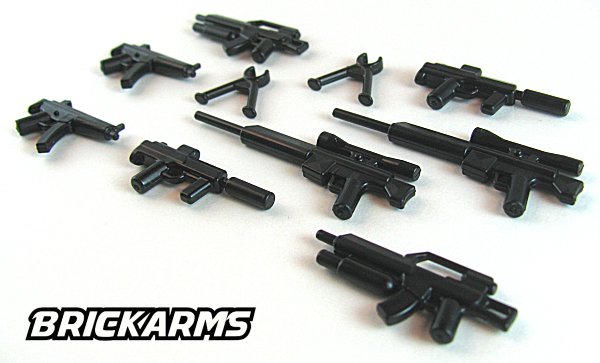

metal is taken off the underside of the grip-safety tongue (the protrusion off the front of the grip safety inside the gun that must rotate up and out of the way to allow the trigger bow to move far enough to the rear to trip the sear) so that, while still completely functional, the grip safety disengages with little inward movement.

There are two ways around this: You can pin the grip safety-not my preference-or you can have the grip safety "sensitized," i.e. In 2000 he retired from professional shooting to start a very successful Internet website and pro shop. He wrote Practical Shooting: Beyond Fundamentals, the most useful shooting manual in the history of IPSC. He went 1-2 with Robbie Leatham at the 1983 Nationals won the Bianchi Cup back-to-back in '83-'84 and the Masters in '89 and in the '90s was a member of the winning three-man Sportsman's Team Challenge team five times. Thus I enlisted the aid of two of the most famous and accomplished Grand Masters in USPSA history to get their advice on the topic of gripping the handgun for the maximum rate of accurate aimed fire.īrian Enos, along with his good friend Rob Leatham, is credited with creating the straight-thumbs method of gripping a handgun so associated with the sport that many people call it the "IPSC grip." Enos' career as a sponsored shooter spanned two decades, with Smith & Wesson, European American Armory and Strayer-Voigt. Even among Grand Masters there are Grand Masters. These guys (I don't want to sound sexist, but at this point there are no female GMs) are the gods of high-speed precision handgunning.

The United States Practical Shooting Association is the active body of the International Practical Shooting Confederation in the U.S., and Grand Master is its highest rating for shooting skill. No one knows more about fast and accurate handgunning than USPSA/IPSC Grand Masters.


 0 kommentar(er)
0 kommentar(er)
